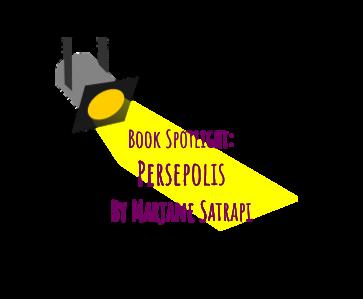
1 minute read
Feminist Five
Persepolis is an autobiographical graphic novel written by Marjane

Advertisement

Satrapi. The book was originally published in French and has sold
millions of copies and has been translated into several languages. The
Hunger is a memoir written by Roxane Gay. It was published on June 13th, 2017 story follows Satrapi’s childhood and upbringing in Iran during the Islamic Revolution. The title references the ancient capital of the

and it is 320 pages long. Hunger is a personal account of Roxane Gay’s life, largely Persian empire. The book was on the American Library Association’s


consumed by her weight. She addresses her experience of living in a body without control of her size, and lacking the discipline that society encourages women to have over their bodies. She goes through encounters with her body from a childhood list of Top Ten Most Challenged Books in 2014. Satrapi was inspired to use the graphic novel as her medium to tell the story in order to use her talents with images and words.
shaken by sexual assault, her 20s, which she calls her “lost years”, and becoming an
established writer. We follow her as the trauma she was subjected to at 12 years old, follows her relationship
with her body until adulthood. She ate to cope with her sorrow and to protect herself from being hurt. She believed that if she shrouded herself with weight, perhaps she would be so intolerable that she would ultimately be free of male dominion over her body. Hunger is the story of being overweight when “the bigger you are, the smaller your world becomes.”Her story is deeply personal, making a political statement about expectations of womanhood and gender, sexuality, trauma and hope. We learn how her body has “informed” her feminism and Satrapi introduces herself as a 10 year old in Iran in 1980. She belonged to an upper middle class family with access to Western music, politics and art. She participated in protests against the Shah and witnessed his exile. Despite this, the impact resulted in religious extremism in society especially covering women’s bodies and hair. In Persepolis 2, she describes taking refuge in Vienna, and having to fend for herself in a new place. Persepolis 1 and 2 are artistic representations of living in a turbulent society with questionable political




